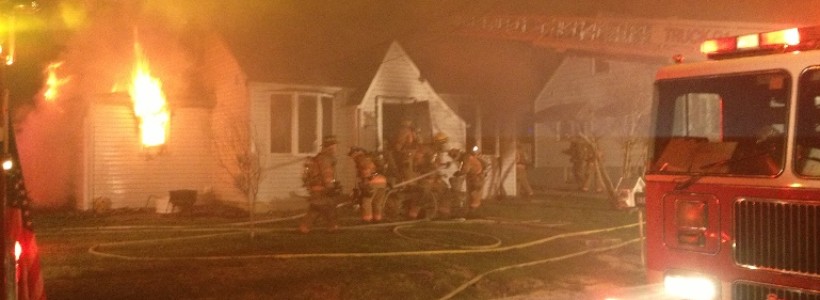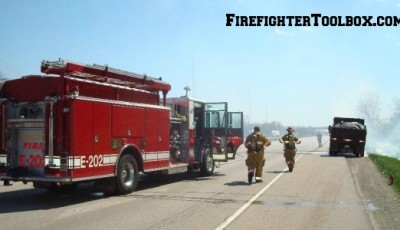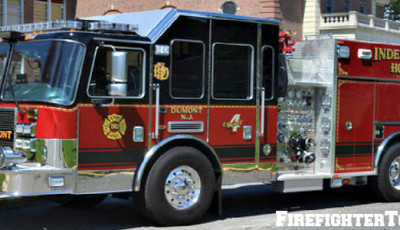Fire Ground Decision Making [Part I]
The fire ground decision making process happens very differently than the process we use in everyday life.
There isn’t time to evaluate and slowly process information to consider your options or consult others and ask for their advice. Fire ground decisions have to be made in less than ideal conditions. Life and death decisions are made quickly during high stress operations with little to no room for error. The decisions made in the first five minutes of any fire will determine the outcome of the entire incident.
Experience + Knowledge + Common Sense!
These are the elements that create a foundation upon which fire ground decisions are made. It takes years of going to fires and attending training to gather the needed experience and knowledge to form a good foundation for making fire ground decisions.
As far as common sense goes you either have it or you don’t, it can’t be taught. It’s important to remember that training is not a substitute for experience it enhances it! Real life fire ground experience is the most important factor for making fire ground decisions.
Training is necessary and very important but without fire ground experience to authenticate our training we can’t build knowledge.
Identify + Prioritize + Initiate!
These are the essential elements for making rapid fire ground decisions. Before we can make any decision we have to be able to identify what is happening. Once we identify what is taking place we can prioritize the incident needs and initiate the appropriate action. Without the experience training and knowledge to accurately identify what is taking place our decision making is based on theory which will limit our ability to prioritize the incident needs and take the appropriate action.
The Size-up Process……
Size up begins the moment the box is transmitted.
- The information we hear from the radio dispatcher
- The information on the print out or the mobile data terminal
Size up continues while responding and once we arrive on scene
- Sharing your knowledge and previous experience while responding
- Radio reports from companies on scene
- Once we arrive what are we seeing with our own eyes
- What are we hearing, people on scene, radio reports and fire ground noise.
Size up is ongoing throughout the entire incident.
- What action are we taking, and what affect is it having
- Is it getting better or worse, under control or out of control
- How long have crews been operating and is it safe to continue
- What is the duration of the incident (operational time)
2. Do we have enough resources, on scene or responding
- Has our back up arrived, if not how far away are they
- Has the incident grown beyond the capabilities of units on scene and responding
- Do we have enough crews to meet the objectives and provide proper relief
In my next article [Part II], we will continue our discussion on fire ground decision making and the size-up process. We will discuss general size-up considerations as well as the specific size-up considerations for the engine company at the scene of a fire.
Bryan T. Smith, FirefighterToolbox.com
Be Ready. Be Safe!












Pingback: Fireground Decision Making [Part 2 of 3] | FireFighterToolBox
Common sense says that after the fire is out..calculate what was saved insted of fire loss..use quick cafs